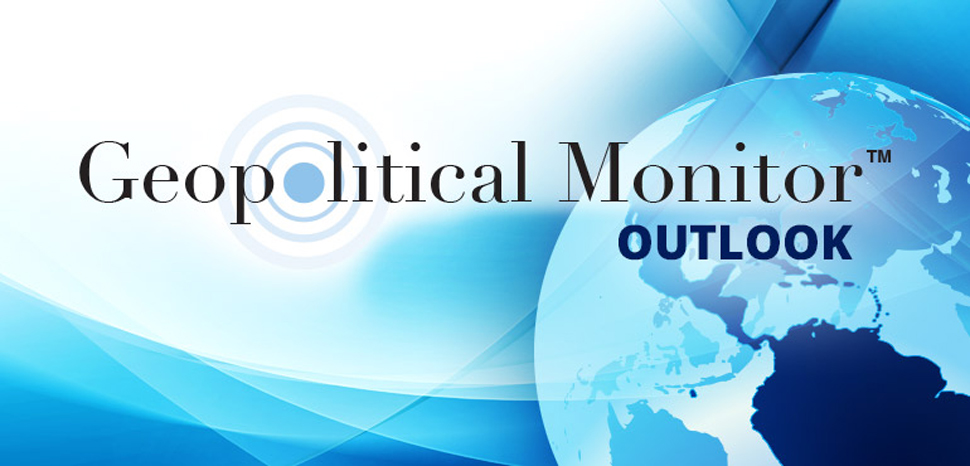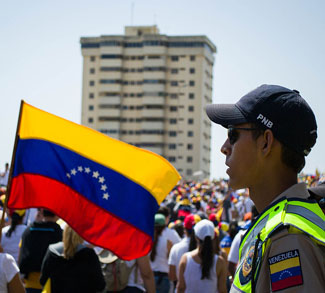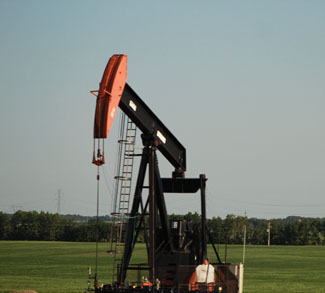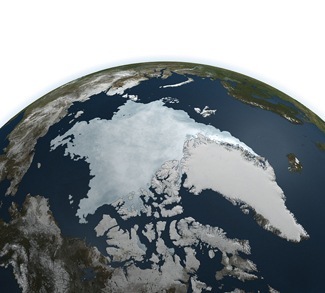Summary
The geopolitical fallout from drought is slow and cumulative; these are slow-burn disasters that stay out of the news until their worst effects are felt. What begins as a minor crop disruption one year can spiral into an agricultural disaster the next should disruptive weather patterns persist. Similarly, on the individual level, a small-but-manageable caloric reduction can end in disaster as household items and capital are gradually sold off to purchase food, effectively mortgaging the economic future of a families and whole communities. These shocks can erode faith in political institutions, generate sectarian conflict over dwindling resources, and even trigger civil wars.
2020 brought new extreme weather events, which disrupted agriculture and produced run-on political, economic, and humanitarian impacts around the world. But the year also ushered in the COVID-19 pandemic, which compounded the fiscal challenges of governments attempting to respond to agricultural disasters.
Though there’s reason to believe that COVID-19 will be on the wane by the time 2021 is over, erratic weather patterns and disrupted agricultural output will persist. Here are some countries to watch in the year ahead:




